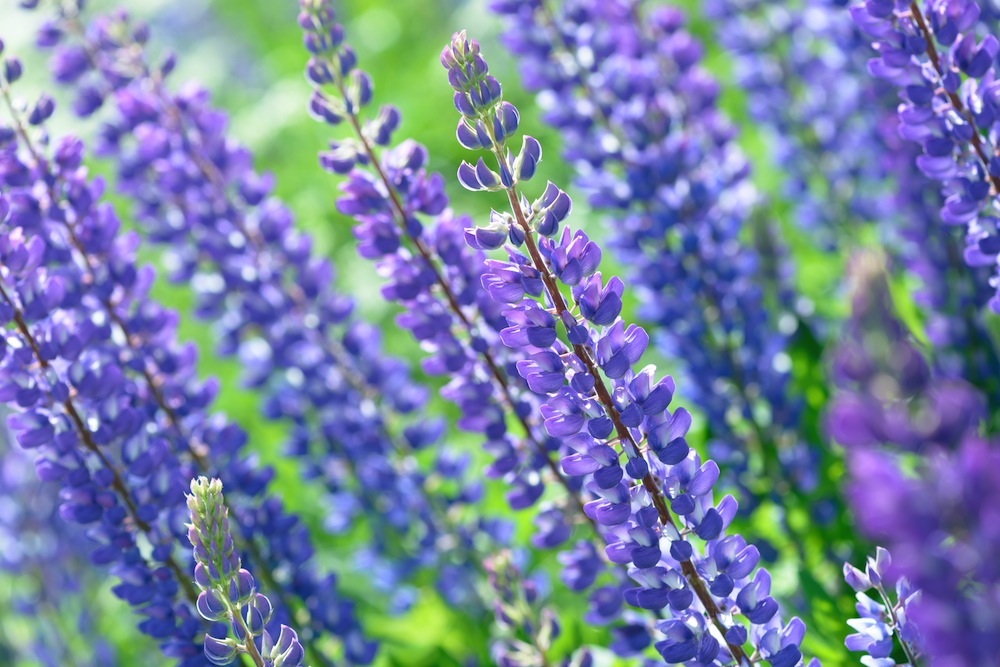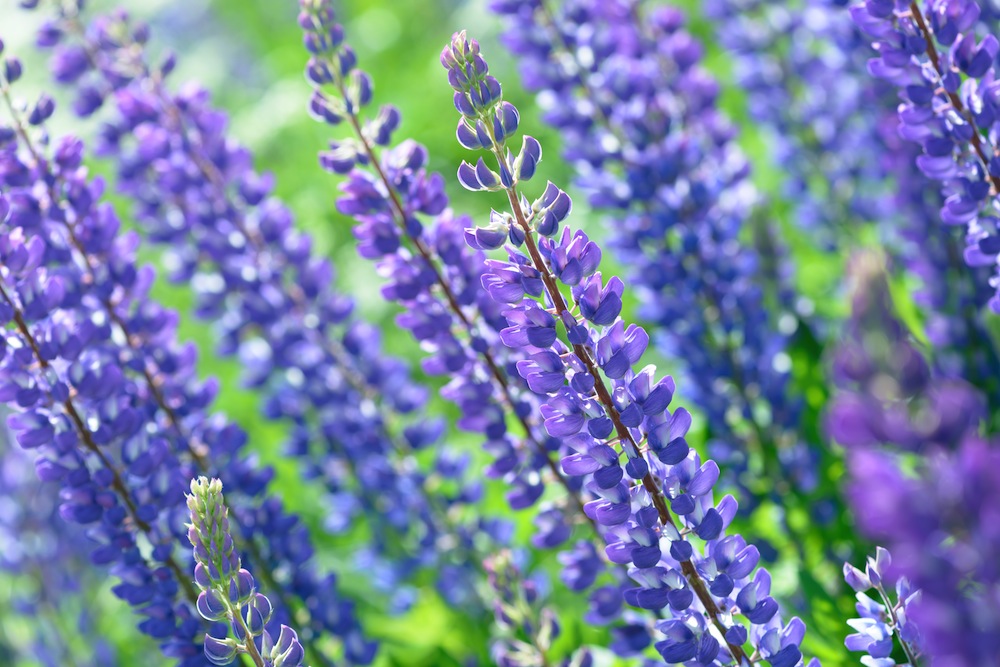A slow-starting summer
After a mild, wet winter followed by snow and late frosts in April and May, we should finally be able to relax and make the most of our gardens.
Even into the third week of May we still had damaging frosts which would have spoilt hanging baskets and runner beans if they’d been outside.
As we move into July and August, there’s still time to plant larger pots of geraniums, fuchsias, cosmos and dahlias to fill in any gaps in your borders – make sure you feed and water them weekly. Dead-head regularly and you’ll have colour until the first frosts of autumn… which hopefully will be late starting!
Hanging baskets need liquid feeding weekly – even with slow-release fertilizers added to composts, you’ll see the extra benefits from liquid feed. Baskets soon dry out especially when they’re sheltered from rain at the side of a house, so watering morning and night in very warm weather is a must.
Salad days
Tomatoes and cucumbers need water regularly during hot weather – preferably in the morning as this keeps the atmosphere humid and prevents the plants staying damp overnight which can cause problems with powdery mildew or botrytis – this is especially true for cucumbers as they can be very susceptible to mildew. Remove any badly infected leaves. Good growing conditions will help to prevent the spread – good light for plants, low humidity particularly at night and the use of resistant varieties.
Keep sowing or planting lettuce, spinach, spring onions and radish in your veg patch to make sure you have fresh salad all summer. Use very fine netting to cover cabbages, cauliflowers, carrots and other particularly susceptible vegetables against flies, pigeons and butterflies. Harvest peas and runner beans regularly whilst they are young and tender; freeze any spares for home grown vegetables during the winter months. Keep beans and peas moist and spray over the foliage to encourage pods to set.
There’s plenty of choice in the herbaceous sections at the moment; as well as the ever-popular lupins and delphiniums, there’s the less common astrantias, centranthus and the butterfly-loving verbena bonanariensis and the increasingly popular perennial geraniums. Trim back aubretia once it’s finished flowering and it will produce some flowers again later in summer as well as keeping the plant compact. Make the most of a warm sunny day and pull or hoe up any weeds still lurking in your borders.
Pest patrol
Keep roses in good condition by spraying every 10 days with Roseclear or Multirose, this will keep any aphids under control as well as dealing with powdery mildew and black spot. Woolly aphid is a fruit tree pest that’s becoming more and more common – it appears as fluffy white cotton wool-like patches. The offending insects hide under the fluff and suck the sap from stems. Use Provado Ultimate Fruit and Vegetable Bug Killer as a control, but follow the directions to ensure you leave a sufficient break between spraying and eating the fruit. The wet, mild winter has been a fiesta for slugs – look out for slug damage on vulnerable plants such as marigolds, hostas and the tender new shoots of herbaceous plants.
Thinking ahead…
For new potatoes in October or at Christmas, plant seed potatoes in tubs in July and August. Growth will finish in October, but leave the tubers in their pots until required for cooking. Remember they’ll need frost protection once the winter frosts appear in November and December.
It seems only five minutes since the spring bulbs were in flower, but they’ll be appearing in garden centres from the end of August! If you want hyacinths in flower for Christmas, they must be planted and put into a dark cool place in September. Most varieties require an eight to 10 week cool period followed by a couple of weeks of warmer conditions to bring them into flower. Use a compost specifically for bulbs as it will contain charcoal to keep the soil sweet.
This issue’s tips are provided by Ann Winwood of Lealans Garden Centre, Shipley. www.lealansgardencentre.co.uk







